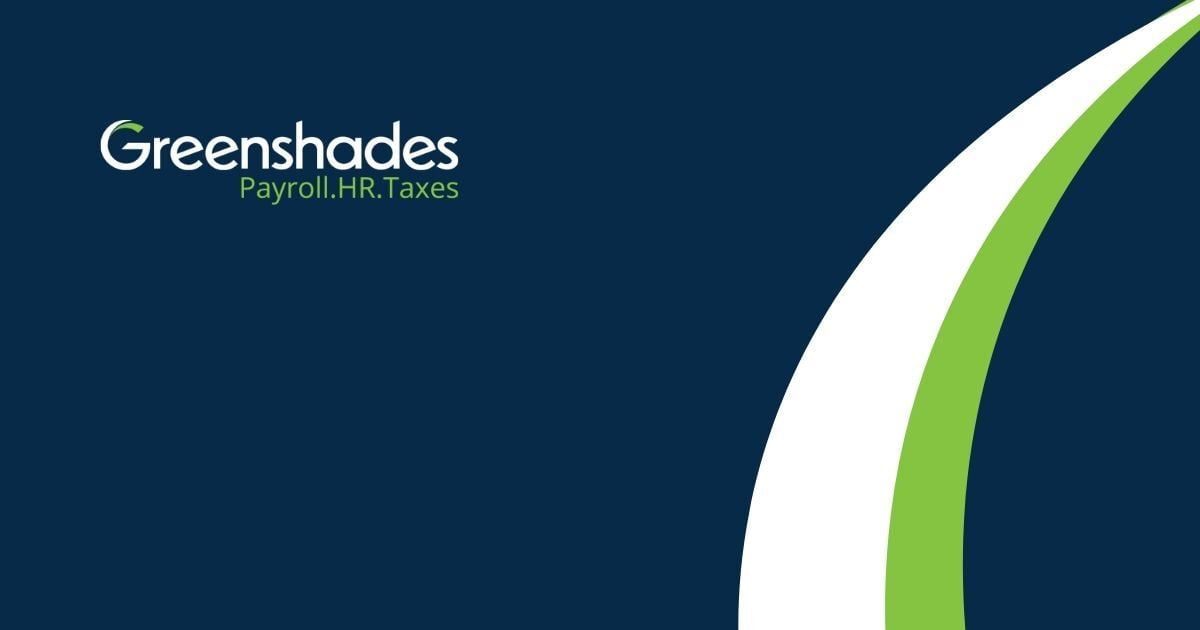During the Covid-19 pandemic, although all industries were affected by the virus, we watched as the healthcare industry operated in overdrive to ensure that medical staff maintained a high level of care, despite the increase in patients. In 2022, we are seeing the effects of a prolonged period of immense pressure, long working hours, and the degree of physical and mental job stress brought to healthcare workers. Leading to HR professionals who are now feeling the pressure as they navigate through the shortage of skilled workers; luckily, they do not have to tackle these challenges alone. Having a solid payroll and HR partner can help you navigate the pressures of the workforce changes.
High Turnover
With close to 60,000 boomer nurses leaving the workforce since 2012, retirement is a challenge in healthcare. The "Great Resignation" and the fallout from the Covid-19 pandemic had caused a high turnover rate for every industry, and fallout was felt by the healthcare industry. The 2022 NSI National Health Care Retention & RN Staffing Report shows that hospital turnover currently stands at 25.9%, this is a 6.4% increase over last year. Reducing turnover is at the forefront of all healthcare providers’ minds, and there are many methods to help reduce turnover that include:
- Give Recognition: Show appreciation for the hard work your employees are putting forth. Employees should feel as though their work has a purpose, being noticed for all their efforts. Performance management software can help you quickly identify associates who have been performing well.
- Benefits: Aggressive pay is a method many are familiar with; however, a competitive benefits package can help to attract and retain top talent.
- Training and Development: Employees are consistently seeking growth opportunities. Ongoing training and opportunities to give your employees a reason to stay with your company over leaving for a better opportunity.
Hiring and onboarding new associates can be very time-consuming; using a provider with comprehensive onboarding software can help make the process easy. Allow new hires to review information and upload necessary new hire documentation. Onboarding software also creates a welcoming experience for new hires. Look for providers, like Greenshades, that offer off-cycle paychecks, unlimited pay runs, and trouble-free termination pay. So, if you have any emergencies or unprecedented situations, you can ensure your employees are paid regardless.
Skill Shortage
The nursing shortage has been felt nationwide. The Bureau of Labor Statistics projects a growth of 7% in the nurse workforce between 2019 and 2029. Many nurses are nearing retirement at a time when the number of patients is increasing, so it is essential to retain skilled workers.
Raising wages to remain competitive with the market has been a method used across the healthcare industry. Nurses' salaries have been on the rise, and it is crucial to keep your wages competitive, including offering great benefits that are highly sought after. As the baby boomer generation is retiring, the millennial workforce is taking over. Millennials want more from their career, so travel nursing has become very attractive since it gives them a chance to view the world while still working.
Strong payroll and HR software can help you easily manage your payroll and HR operations during the skill shortage. The skill shortage impacts how you run your payroll and HR operations. The increase in travel nurses leads to more complex payroll processing; you now must account for location-specific tax withholdings and location-specific overtime and mandatory break rules. Overtime and shift differentials may be used to cover the gaps in the workforce; your software should be able to track overtime and automatically apply shift differentials.
Training and Development
Career growth and development are becoming increasingly important; 87% of millennials say this impacts their decision to stay with an organization. So as the baby boomer generation ages out and millennials take over, it is vital to focus on growth and development. It can be difficult in such a demanding profession with schedules that vary to slow down and find the time to invest in training; however, this can be an excellent method for retaining qualified workers.
Using a robust cloud-based system, you can keep track of the required training needs and any training that appeals to your staff. You can set employees up with LMS (Learning Management Systems) training, send reminders, and alert employees when training is due so they can stay in line with important deadlines.
New Technology
The healthcare industry has introduced new technology to store patient data, better serve patients, and software that can improve organization within healthcare facilities. But new technology presents challenges if your employees are not prepared for the switch or cannot adapt well to new technology. While innovation streamlines business processes and can be used to make your current processes easier, there is typically a steep learning curve and a few speedbumps along the way when learning new software.
To make the transition easier, it is important to be patient with your staff. Inform your employees of the upcoming technological changes and provide them with adequate training so they can feel comfortable with the technology before it is implemented.
Burnout
With staffing shortages, healthcare workers are working harder than ever to cover the gaps leading to burnout. Healthcare work can be physically demanding; moving from patient to patient to provide care and service often means you are on your feet all day. Although the physicality of the job can be tiring, burnout typically comes from the heavy emotional toll that comes from working with patients when they are the most vulnerable and their loved ones. A 2021 Washington Post-Kaiser Family Foundation survey found that nearly 30% of health care workers are considering leaving their profession altogether. Nearly 60% reported impacts on mental health stemming from their work during the COVID-19 pandemic.
Here are a few ways you can mitigate burnout:
- Manage Hours: It is crucial to track and manage hours and overtime worked for your employees, so you monitor your employees' workload to ensure they are not on the path to "burn out." Breaks and lunches help to break up the day; some organizations offer a "quiet room" or a "relaxation room" so employees have a place of quiet to escape to during the workday.
- Open Communication: Managers should open the line of communication with their employees, so employees will feel comfortable coming to them if they feel unhappy in the workplace. You can monitor these meetings using performance management software and communicate with workers on the go using a cloud-based provider.
- Utilize Benefits: Everyone needs a break, including your employees. Offering paid time off can allow employees to recharge and come back refreshed for work. Benefits that appeal to mental health can also be beneficial, especially for careers that can be mentally draining, like careers in the healthcare industry.
Like many others, the healthcare industry is faced with challenges related to the workforce and the economy. The HR challenges listed above can be difficult to manage; luckily, with the assistance of a payroll and HR provider, you don’t have to face these challenges alone. With companies such as Greenshades, you can save time on your back-office operations so you can spend more time cultivating talent and giving your patients the best care.
For more information about Greenshades and the healthcare industry, contact sales@greenshades.com, or visit our website.




























